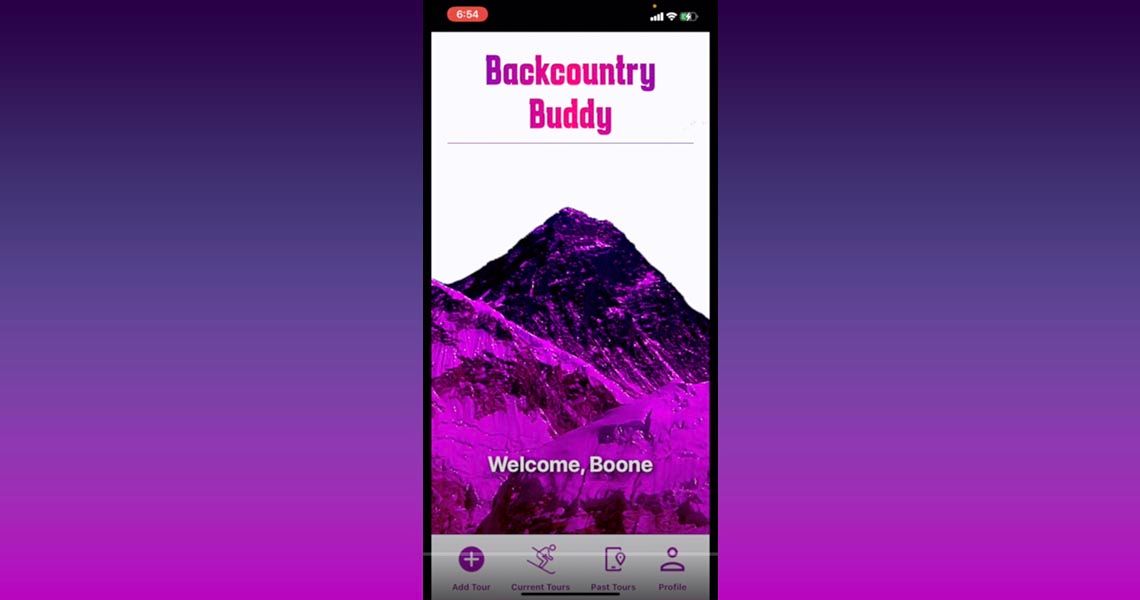Turing Students Create App for Avalanche Safety
Backcountry Buddy is a mobile-first PWA designed for mobile use in low-service areas.

App: Backcountry Buddy
Accolades: Won first place in Turing’s May Demo Comp
Project type: Mod 4 Capstone
Front End engineers: Rachel Buchta, Tashia Davis, Boone Epstein
Back End engineers: Liam Cusack, Alex Osborne
For backcountry skier and recent Turing alum Tashia Davis, avalanche safety is top of mind. After taking an all-women risk management class from the American Institute for Avalanche Research and Education (AIARE), Tashia felt empowered. Now she could contribute to the group decision-making process rather than just blindly follow the mostly men on her trips—especially when skiing the wrong slope can mean life or death.
“What drives people to make decisions and behave in certain ways?”
With her past experience as a marketer prompting her to ask, Tashia became fascinated with human factors, group dynamics and behavior, and heuristic traps in avalanche terrain. She ran through what her group actually does when they plan a trip: one person picks a zone, makes the GPX track, and sends it to one or two others who then check the avalanche forecast independently, look into reports of other recent slides, and eyeball snowpack status during the overall season.
But that’s nowhere close to what the AIARE Risk Management Framework recommends doing! There was another problem: that framework currently exists as a field book—the kind with blank pages to fill out—which isn’t much help when you are clinging to the side of a mountain in blinding white snow. Now an app on the other hand…
Backcountry Buddy is a mobile-first PWA designed for mobile use in low-service areas.
The app tracks and shares emergency contacts and guides users through emergency planning, risk assessment, and post-tour debrief. Following the AIARE Risk Management Framework, users can fill out the “Plan,” “Ride,” and “Debrief” sections for a tour, add friends to collaborate, and search through their past tours archive. The app implements offline capabilities via Google Workbox so that users with poor cell reception can still add observations while out skiing. Other stretch technologies include React Hooks, Auth0, and TypeScript.
“We were really focused on figuring out how to build an app with features/capabilities we knew users would want in order for it to be successful in the real world.”
Luckily, Tashia already had a strong pulse on that by brainstorming with friends, conducting informal market research on Facebook, and reaching out to avalanche professionals—including Liz Riggs Meder, Director of Rec Programs at AIARE, who gave her team the green light on building the app. As fellow team member Boone Epstein notes, “Tashia was invaluable because of how much extra research and planning she put into the project very early on, and how detailed her documentation was throughout. She definitely had a vision for how this app would come together and communicated that in a way that was really easy to follow.”
Now it was time to make magic happen. A tight turnaround is the nature of the beast and in this case, the group had all of two weeks. They unanimously agreed that communication was challenging at times and there was an initial holdup—the Back End actually built out 80% of the API in GraphQL before a fast pivot to a Rails API instead—but everyone made critical contributions to pull it all together.
Speaking for the Front Enders, Boone says he “leaned on Rachel a lot when it came to finding and fixing bugs and researching solutions.” She contributed resources and potential libraries to their planning docs while he contributed an eye for project architecture and keeping parts reusable and modular. “I would tend to bite off big refactors of components so that I could make them as lean as possible and keep the code easily readable.” Since this is the biggest code base they've worked on, that became really important later on.
“Technical debt is the mind-killer.”
He adds, “In some instances, we wrote code that didn't scale well to get early iterations completed—this created more work for us later as we began to add features. Conversely, sometimes we took more time to build something that could last, or was flexible up front, and then saved even more time later on when we had to expand the project.”
Speaking for the Back Ender students, Liam Cusack gives “mad props” to teammate Alex for figuring out CircleCI on his own. The back end was able to successfully implement functionality for all of the features the front end had time to build. The group expressed a tremendous amount of respect for each other’s roles in bringing the app to life.
“I want to bring the same level of kindness and patience to my job that all my teammates showed to me.”
The experience has further readied each team member for their careers. On how the experience has motivated him, Liam adds, “I want to contribute to all aspects of application design. My desire to learn more coding languages and technology definitely increased tenfold after working on this.”
Turing students step up to solve problems.
Nothing about this was hypothetical; a real need was identified and these students worked as a team to devise a solution. By converting AIARE’s manual field book into an app, all members of a group can now easily collaborate on a tour and make decisions grounded in facts and informed reasoning. The hope is that not only will completion feel less cumbersome, but everyone will be on the same page before venturing into avalanche terrain—thereby increasing safety and reducing risk. Stay tuned…you might be seeing this one on the app store soon!

